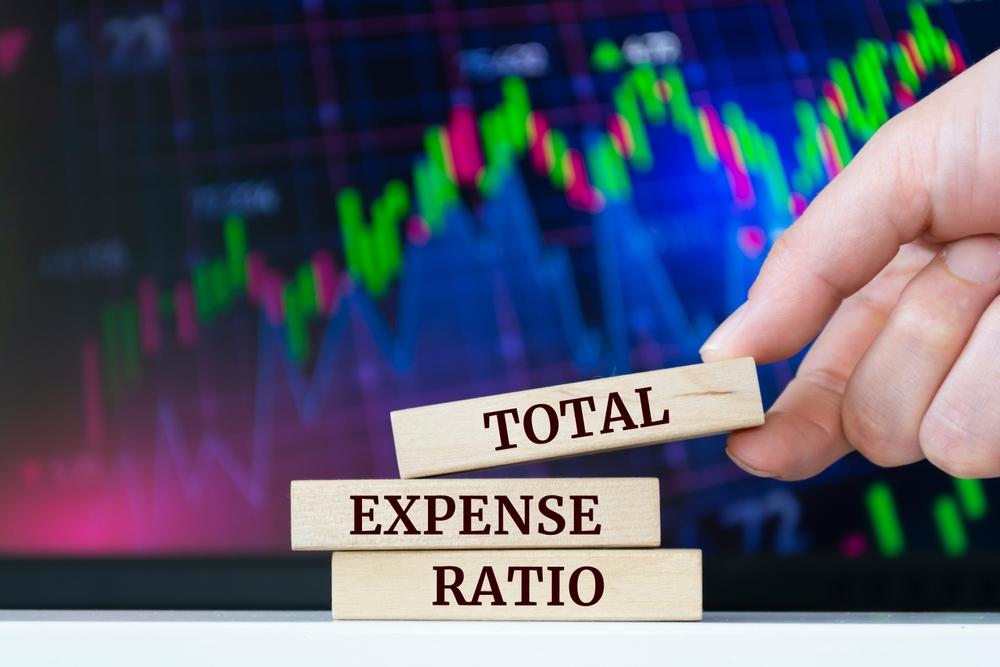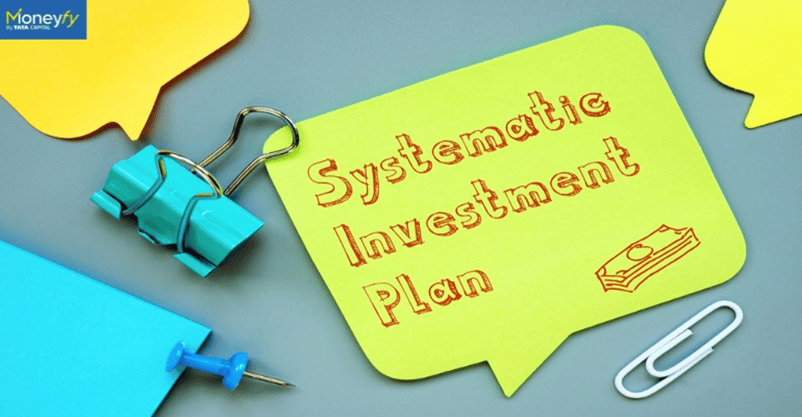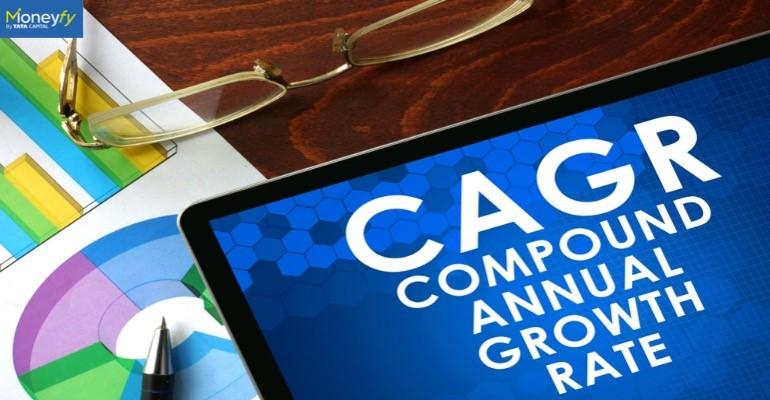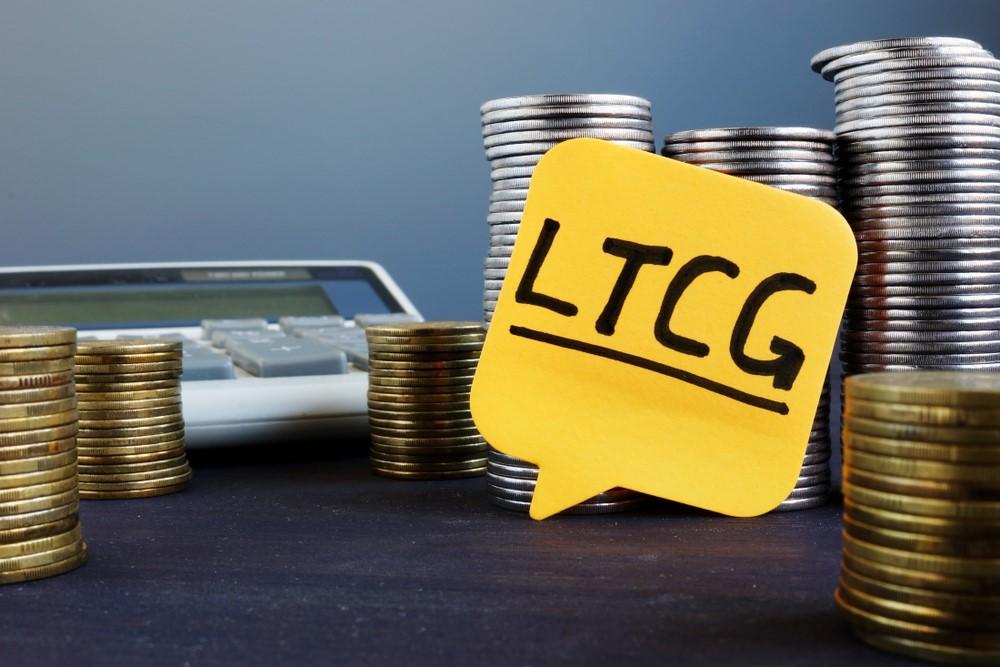When it comes to mutual fund investments, maximising returns is a priority for any investor. But what about the additional costs associated with your investments?
The expense ratio is one such cost that beginner investors often fail to factor in when investing. Knowing this small but essential factor can go a long way in determining the overall returns you can generate from your investments.
What is the Total Expense Ratio in a Mutual Fund?
The Total Expense Ratio (TER), is an annual fee charged to cover the amount spent on running the fund, managing the fund, and overseeing it. This expense is calculated as a percentage of the fund's total value and is charged daily prior to reaching the NAV. This implies that a bigger fund will have a lower TER than a small fund because the expenses are incurred on many assets as opposed to fewer costs incurred on a small fund.
How the Total Expense Ratio (TER) Works?
The Total Expense Ratio (TER) represents the costs incurred by the fund's management, expressed as a percentage of the scheme’s total assets. Fund houses disclose the Net Asset Value (NAV) daily after deducting TER, which helps Asset Management Companies (AMCs) manage operational expenses.
A higher TER increases costs, reducing mutual fund returns. For example, a 20% return with a 2% TER results in an 18% net return.
What are the Components Of Expense Ratio?
Total Expense Ratio (TER), is the total costs that are involved in managing a mutual fund. Some of the expenses included in the TER in mutual funds are as follows:
1. Cost of management: It is used to compensate professionals handling the fund’s operations. Fund managers invest significant effort in analysing markets and identifying profitable opportunities. Around 0.5-1% of a mutual fund's total assets are allocated for management costs.
2. Cost of brokerage: There are two types of mutual fund plans: direct and regular. Regular plans involve an AMC hiring a broker for portfolio asset transactions, while direct mutual funds conduct these transactions without intermediaries.
3. Costs of maintenance: Mutual fund maintenance costs cover investor documentation, asset entry and exit charges, and customer service. This includes all costs necessary for efficient operations and administrative functions.
4. 12B-1 charge: This refers to the expenses incurred in promoting the mutual fund. To establish a strong asset base, information must be effectively shared with potential investors. Additionally, the 12-b fee accounts for charges related to new investor acquisitions and contributes to the total expense ratio.
5. Entry load: The entry load is a cost applied when an investor purchases a mutual fund, limiting the portion of funds that earn interest. SEBI has now abolished its inclusion in the total expense ratio.
6. Exit load: The exit load is a fee applicable when an investor withdraws from a mutual fund. It is generally 2-3% of an investor’s total investment, and is deducted to discourage early exits and maintain fund performance.
Total Expense Ratio Formula
The formula for calculating expense ratio is:
TER = (Total Cost Incurred/Total Net Assets) *100
Where, Total Costs include all expenses borne by the AMC, such as fund manager fees, marketing and distribution charges, and legal or audit expenses. Total Net Assets represent the market value of all assets, including stocks and bonds, held by the fund on a given date after deducting liabilities.
How TER is Calculated?
The total expense ratio (TER) of a mutual fund is computed as total annual expenses divided with the total assets under the management (AUM) of the fund for the same period.
For example:
The total assets is ₹200 crores
The administrative costs are ₹40 lakhs
The management fee is ₹50 lakhs
And the other costs: ₹30 lakhs
Step 1 you add all the costs:
-Total Expenses = ₹40 lakhs + ₹50 lakhs + ₹30 lakhs
-Total Expenses = ₹1.2 crores (or ₹1,20,00,000)
Step 2 you calculate the TER:
TER = Total Expenses / Total Assets
TER = ₹1.2 crores / ₹200 crores
TER = 0.6%
So, the TER is 0.6%. This means that every year, 0.6% of the fund’s total value goes toward covering its costs.
How Does the Expense Ratio Impact Fund Return?
The Total Expense Ratio (TER) plays a crucial role in determining mutual fund returns. A higher TER results in greater deductions from your earnings as fees, thereby lowering your overall returns. On the other hand, a lower TER allows you to retain a larger fraction of your returns, optimising your investment gains.
Expense Ratio Implications
It is often assumed that a higher expense ratio signifies better fund management and higher profitability. In reality, even funds with low expense ratios can achieve impressive returns when guided by experienced managers with sound market insights.
Conversely, funds with high expense ratios may justify their costs by actively seeking high-yield investments or focusing on companies with strong profit potential, balancing out the additional expenses.
Expense Ratio Limit by SEBI
SEBI imposes specific regulations on expense ratios charged by asset management companies to safeguard investors' interests. These limits ensure a steady flow of financial resources into the capital market.
The rules differ for Exchange Traded Funds (ETFs) and Index Funds. The first ₹500 crore of assets attract a maximum 2% expense ratio, followed by 1.75% for the next ₹250 crore, and 1.5% for any amount beyond this.
According to Section 52 of SEBI’s Mutual Fund Regulations, AMCs can charge up to 2.5% for the first ₹100 crore of a portfolio value, 2.25% for the next asset value of ₹300 crore, and 2% on additional assets.
Conclusion
The total expense ratio should also not be overlooked when you are making your decisions about which mutual funds to invest in. It involves looking at the past record of the fund, and its consistency in delivering steady and healthy returns and so on. To get the most out of your invested money, it is advisable to go for a fund with a reasonable TER.
FAQs on Total Expense Ratio
What is the base expense total ratio?
The base expense ratio in mutual funds covers the necessary yearly running costs, such as management fees. It is the main expense of managing the fund. The base expense ratio includes the management fees and the administrative costs.
What is a good expense ratio for a mutual fund?
Expense ratio for a mutual fund is an annual fee charged to cover the amount spent on running managing and overseeing the fund. About 0.5% to 0.75% is considered a good expense ratio for a mutual fund.
What is an example of a total expense ratio?
If you invest Rs. 20,000 in a mutual fund which has a TER of 2%, then your TER deductions on a daily basis would be:
Daily TER = (TER/365) * Investment value)
Your Daily TER = (2/365) *20,000 = Rs 1.095
What is total expense ratio NAV?
Total Expense Ratio (TER) NAV represents the Net Asset Value of a mutual fund after subtracting all operational expenses, including the TER itself. This helps investors gain a more accurate understanding of their investment’s true worth.
How is the total expense ratio charged?
The Total Expense Ratio (TER) of a mutual fund is determined by dividing its total annual expenses by the average Assets Under Management (AUM) over the same period.
Popular Searches
Learn Center
Mutual Fund Investment
Calculators
 6 mins read
6 mins read
 Previous Post
Previous Post

















